Sex and Mayhem in a Pond
Binge Breeding Among Wood Frogs
If you ever needed proof that females often bear the worst when it comes to reproduction, here it is: Wood Frog amplexus. This is not murder and mayhem. It is mayhem and mating.
Now that winter has abdicated here in the Northeast, we now enter the brief season of amphibian mating. During our 4.5-mile walk here in Montpelier on Earth Day, Ruth and I encountered 27 bird species, various plants in bloom, only a bit of snow and ice left on the paths … and multitude of Wood Frogs and Spring Peepers in ponds and vernal pools.
Wood Frogs practice explosive breeding (to put it kindly). When the earth thaws, usually in March or April here in New England, the frogs (and other amphibians) emerge from their overwintering sites in rotting logs, under rocks or nestled in the leaf litter — and then make their way to water for binge breeding.
Males most often outnumber females at these sites, which means, well, just ask a woman in an over-crowded singles bar. Male Wood Frogs fertilize eggs as they are released by the female. So this scene above is all about “positioning.” The male who can best cling to a female’s back (a maneuver called “dorsal amplexus”) is more likely to fertilize her eggs. In the video, you can just make out the female (warmer brown in color) in the scrum.
So desperate are the males that they’ll grab just about anything that moves or might resemble a female in the water, including Spotted Salamanders or even your fingers.
Note to self: Try not to be reincarnated as a female Wood Frog.
Once she lays her eggs, the males relent and swim away. She’s often left dazed or even appearing comatose. Who can blame her. After we watched some amplexus yesterday, Ruth said, “Note to self: Try not to be reincarnated as a female Wood Frog.” (And who can blame her?)
[Not incidentally, female ducks have evolved a strategy to deal with unwanted males. It’s twisted.]
Meanwhile, other highlights from our walk included Beaked Hazelnut in bloom, Mourning Cloak, and Six-spotted Tiger Beetle. I posted a few of the sightings on iNaturalist. Here are some of my favorite shots from the archives.
The Bird List – Montpelier, VT (22 April 2019)
Canada Goose
Wood Duck
Mallard
Rock Pigeon (Feral Pigeon
Turkey Vulture
Belted Kingfisher
Pileated Woodpecker
Northern Flicker
Eastern Phoebe
Blue Jay
American Crow
Common Raven
Tree Swallow
Black-capped Chickadee
Tufted Titmouse
White-breasted Nuthatch
Winter Wren
Ruby-crowned Kinglet
American Robin
House Finch
American Goldfinch
Chipping Sparrow
Fox Sparrow (5, a few of them singing, above the Montpelier Stump Dump)
Dark-eyed Junco
White-throated Sparrow
Song Sparrow
Northern Cardinal
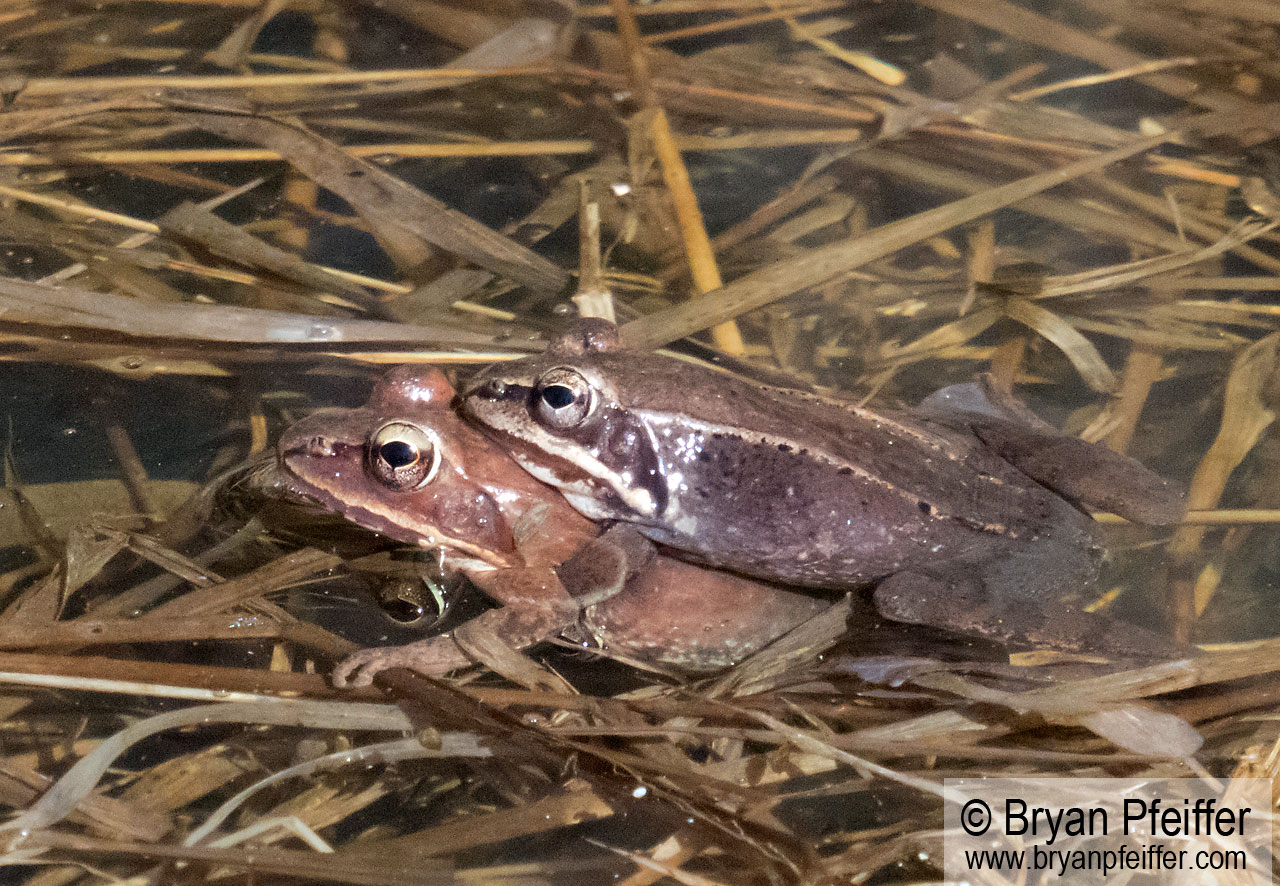
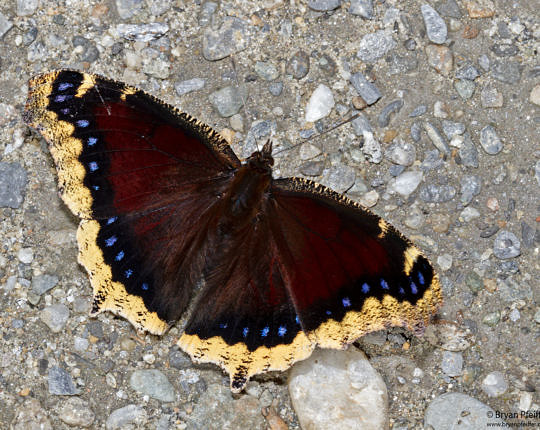
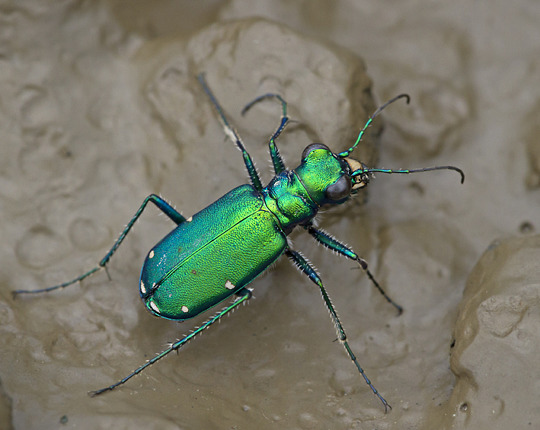
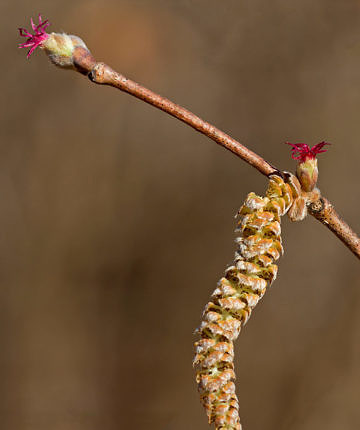
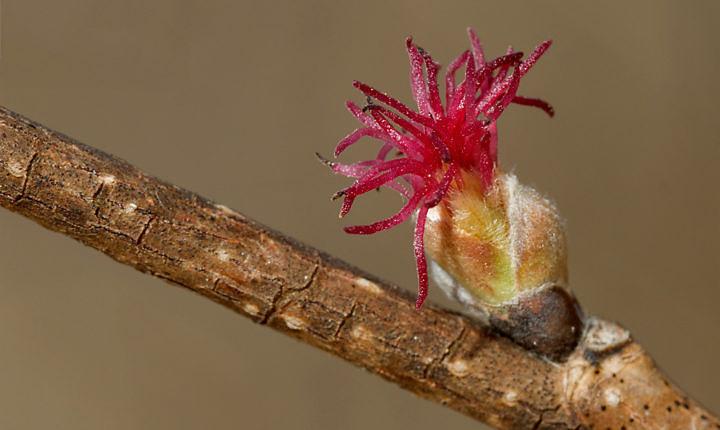

Totally crazy as well. Nice to hear from you, Linda! 🙂
Totally amazing, Bryan. I echo Ruth’s sentiments wholeheartedly!
Bryan,
Alos hearing (three days in a row) ruffed grouse ‘thumping’ on our Plains rd walk.
When it stops we will know he has found a mate to ‘hug’.
Cheers,
Bernie and Maeve
HI Bryan,
Wood frog video – nothing like a group hug!
Ruby-crowned and golden-crowned just around the corner (Plains rd- dirt road) here in Jericho. And spring peepers at the pond as loud as the airport (sounded to me) when I lived in S.B. I have migrated from (S.B.) debilitating noise to (Jericho) green sound.
Hoorah spring and green sound (stay tuned for my Green Noise poem).
Bernie
Hi Bryan and Ruth, Thank you for bringing this bit of glorious mayhem to my work desk – a lovely bit of the woods to carry with me at the office!
Warblers seem a bit early — but we do need them. And I was worried that I’d get back too late for the Kinglet show. Not so! 🙂
Hi Bryan,
Loved the video!
Here by the lake in South Burlington Yellow-rumped warblers have arrived by the dozens. Several ruby-crowned kinglets, too. Bird song fills the air. Ah, spring!